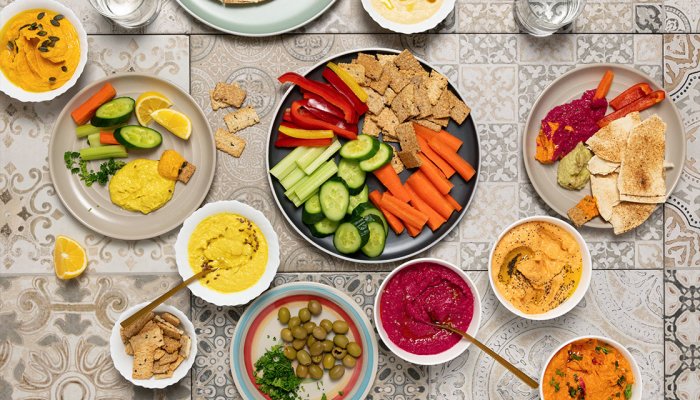For instance, the deep orange color of pumpkin, sweet potato, and butternut squash indicates the presence of carotenoids such as beta-carotene. Beta-carotene is a precursor to vitamin A, which is essential for maintaining night vision and preventing dry eye. Orange carrots also provide beta-carotene, while other varieties of carrots, such as purple, yellow, and white, provide their own unique eye-supporting nutrients.
Other orange foods, such as orange bell peppers, peaches, and nectarines, and yellow foods, like corn, egg yolk, and yellow bell peppers, get their vibrant colors from specific antioxidant eye nutrients. These orange and yellow pigmented nutrients are the xanthophyll or macular carotenoids, more commonly known as lutein and zeaxanthin.
The macular carotenoids are deposited in the back of the eye and are crucial for maintaining 20/20 vision and fighting off conditions like age-related macular degeneration. Lutein and zeaxanthin also help neutralize harmful wavelengths of ultraviolet (UV) and blue light, thus serving as internal sunglasses and blue blockers.
Greens, like spinach, kale, arugula, Swiss chard, and collard, mustard, or dandelion greens, are also rich sources of lutein and zeaxanthin. However, instead of being yellow or orange (as most foods rich in macular carotenoids tend to be), these leafy vegetables get their vibrant green colors from chlorophyll pigments.
Colorful berries have some major eye perks, too. The deep blue, purple, or black of blueberries and blackberries come from plant-derived pigments known as anthocyanins. Anthocyanins have been shown in laboratory research to support retinal function and in clinical studies to help with eye fatigue, focusing, contrast sensitivity, and tear film stability. Bright red berries, such as strawberries and raspberries, get their vivid hues from other types of anthocyanins and carotenoids.









